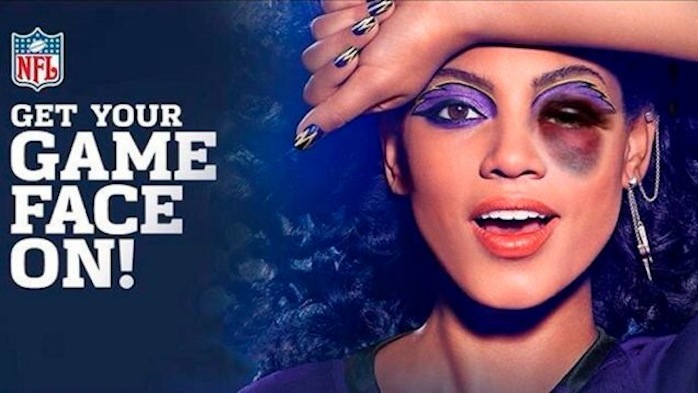The NFL’s problems remind us that great brands are built, not bought

Jeff Rosenblum is a founding partner of Questus, a digital agency.
As everyone knows, the NFL is in the midst of an unprecedented meltdown. Sports periodicals and social media are focusing on the off-the-field violence of its players rather than the on-the-field competition of its teams. Fans may run away from the game, and perhaps most concerning to the league, major advertisers such as Anheuser-Busch and Nike are thinking twice about their relationship with the NFL.
As the industry convenes in New York City for Advertising Week, the NFL’s challenges serve as a reminder that great brands are now built, not bought. Brands can no longer simply buy media and interrupt their audience with a story. As the league is demonstrating, the content on which the ads appear can have a severe negative impact on the psyche of the audience.
A massive proportion of the NFL coverage right now is about spousal and child abuse. When I speak to football fans about how they feel, they use terms such as “gross,” “disgusted,” “nauseous,” “fed up” and “guilty.” That is absolutely not the environment in which brands want to appear.
Last month, ESPN repeatedly ran content about a father allegedly beating his son. Within three seconds of the anchor sharing gory details of the event, it ran an ad for a fast-food chain. At that point, the audience was nauseous and their minds were not open to considering the advertiser’s message. This is not unique. Due to a psychological phenomenon known as negativity bias, media companies know they can attract more viewers with repugnant stories (just think about what appears on the nightly news and evening dramas).
What makes it worse is that this problem only occurs when the audience actually sees the ads. Advertisers thought that DVRs would crush the industry, but the bigger problem is mobile technology. Even when ads aren’t skipped with a DVR, two-thirds of the audience is distracted by mobile devices.
This isn’t a bleak situation for the advertising industry. In fact, there are massive opportunities being created by the same technologies that are shifting our attention away from traditional paid advertising. Thanks to ubiquitous digital connections, brands can now leverage their own content rather than rely on paid advertising. This is where we see some of the most powerful case studies right now: Chipotle, Patagonia, Apple, Red Bull, Virgin America, Dove, Zappos and Amazon. Hundreds of millions of people are flocking to their videos, apps and experiences, then sharing them with their friends. These brands are not only creating great case studies. They are reaping huge financial rewards. Brands creating great content and experiences dominate the competition.
For the advertising industry, creating content rather than buying advertising requires revolutionary change. It isn’t as simple as hiring content developers, licensing content or making daily posts for social media. It requires breakthrough insights, long-term strategy and creative genius. It requires a dramatic shift in budgets from buying media to creating media. These changes can’t be subtle because success requires the audience to go out of its way to participate in the content and share it with others. That’s a lot tougher than simply buying targeted ads to interrupt people.
What makes it even tougher is that the content and tools need to live in an omni-channel environment. Brands can no longer rely on one or two touchpoints, such as TV and print. They must leverage dozens of touchpoints, each of which has its own role in building a relationship with the audience.
While revolutionary change is ahead, this isn’t about the death of the NFL or traditional advertising. The NFL will continue to be an incredible partner for the advertising industry. Likewise, traditional paid media will continue to be a powerful tool for brands. But the NFL’s recent problems highlight that advertising strategy needs to change fundamentally to match changes in consumer behavior. It’s not enough to buy advertising and interrupt the audience with a brand story. Great brands are now built, not bought.
More in Marketing

Why the New York Times is forging connections with gamers as it diversifies its audience
The New York Times is not becoming a gaming company. But as it continues to diversify its editorial offerings for the digital era, the Times has embraced puzzle gamers as one of its core captive audiences, and it is taking ample advantage of its advantageous positioning in the space in 2024.

Why B2B marketers are advertising more like consumer brands to break through a crowded marketplace
Today’s marketing landscape is more fragmented than ever. Like consumer brands, business brands are looking to stand out in a crowded and competitive marketplace, making marketing tactics like streaming ads, influencers and humorous spots more appealing.

As draft puts WNBA in spotlight, the NBA is speeding up ballplayers’ transition to creators
The NBA’s star athletes are its greatest marketing asset.





